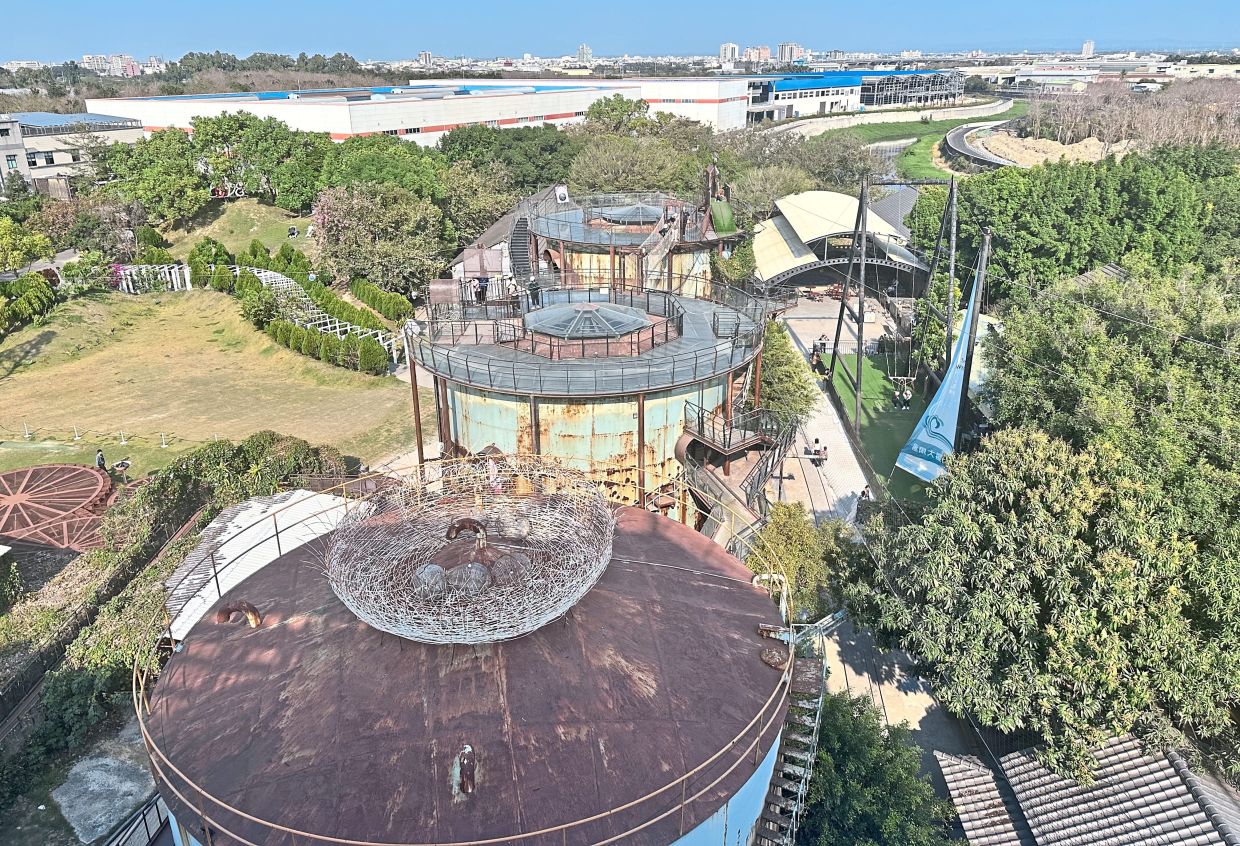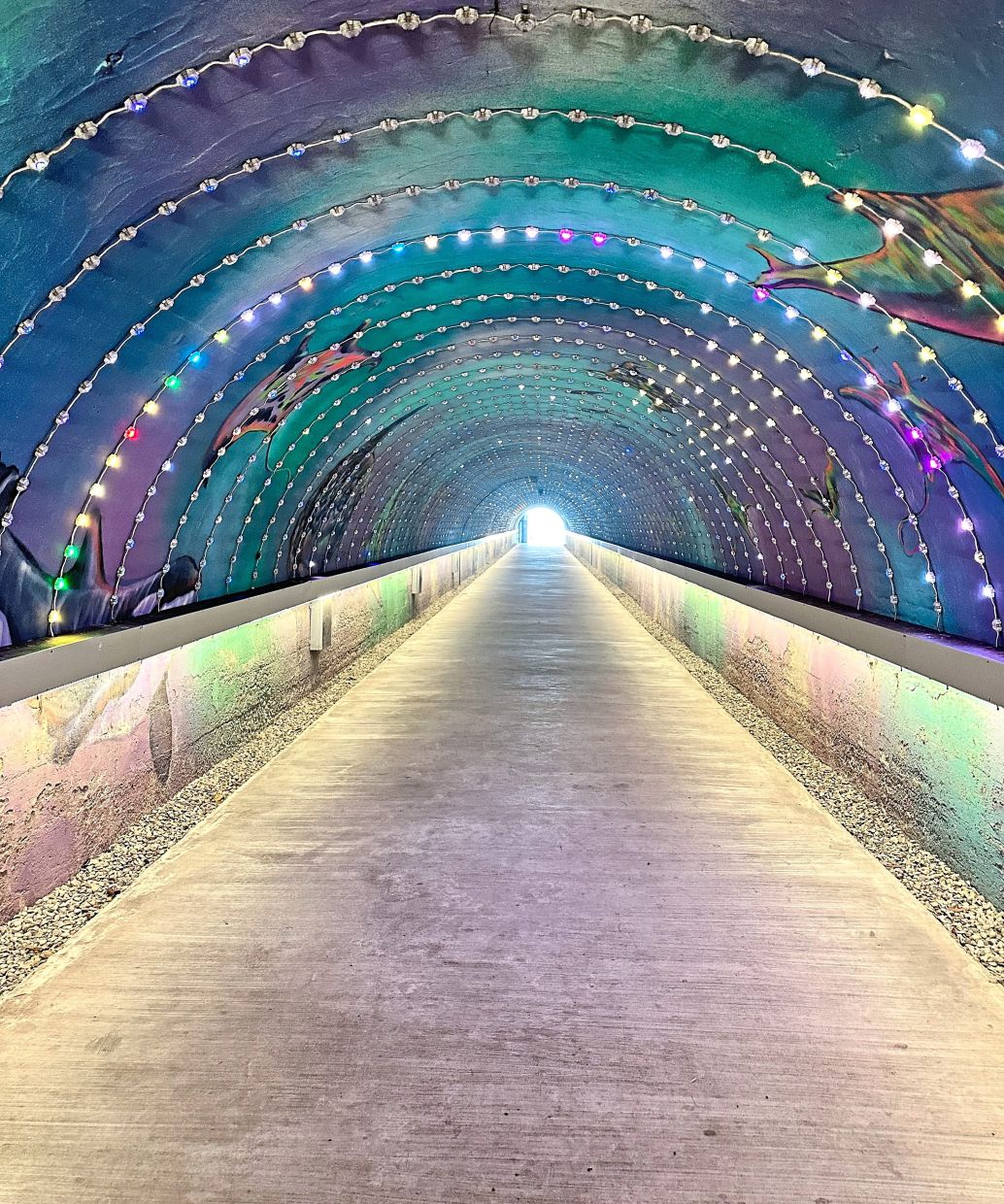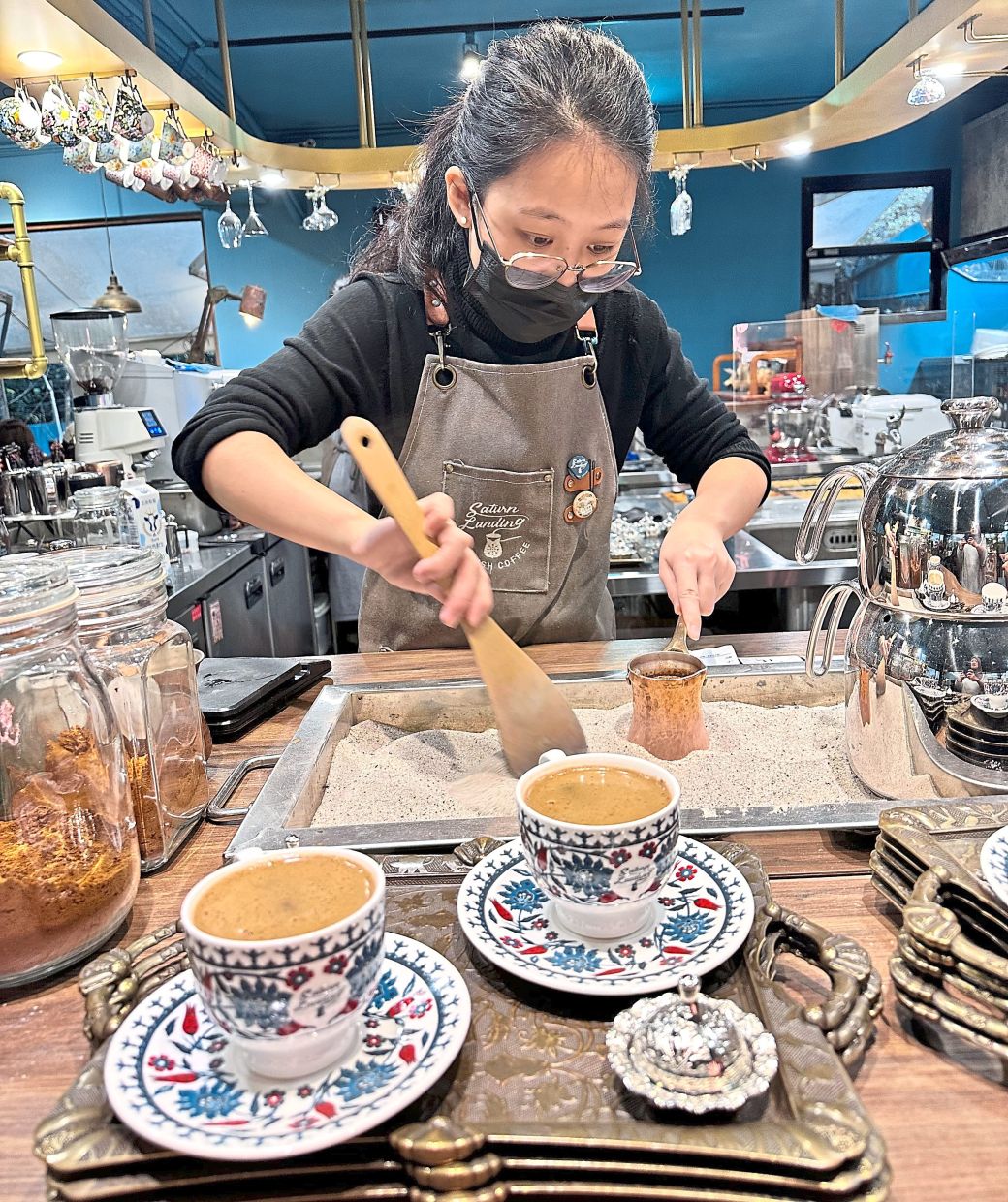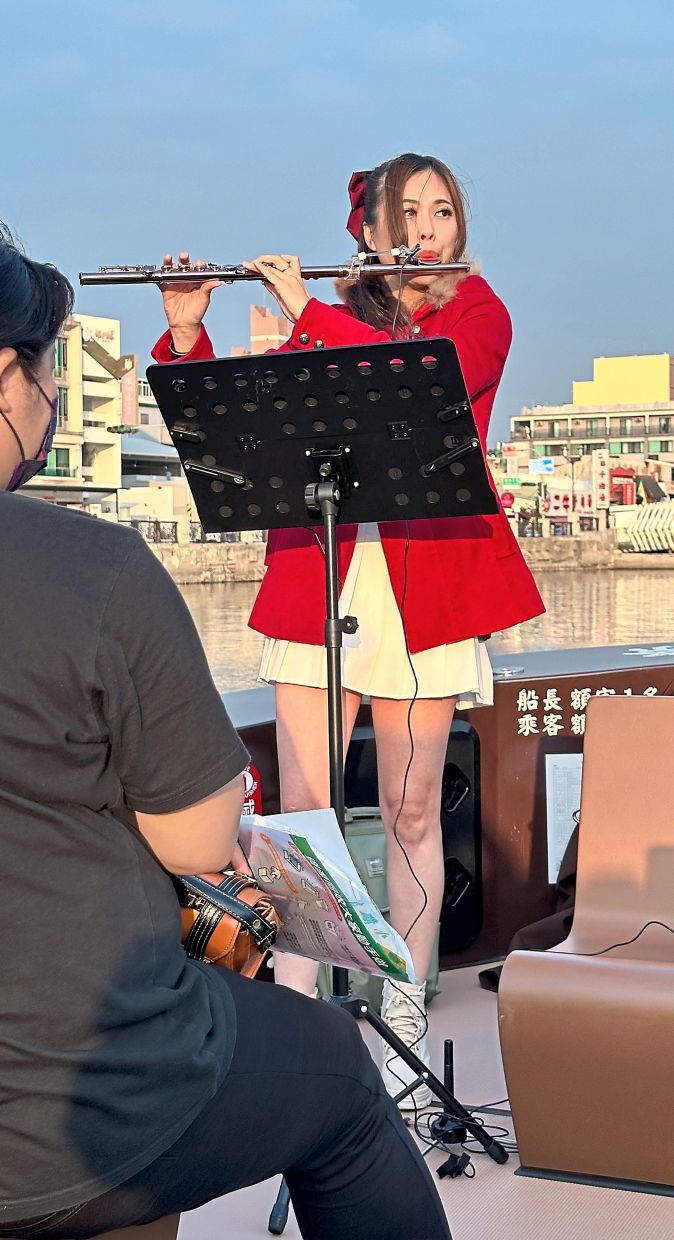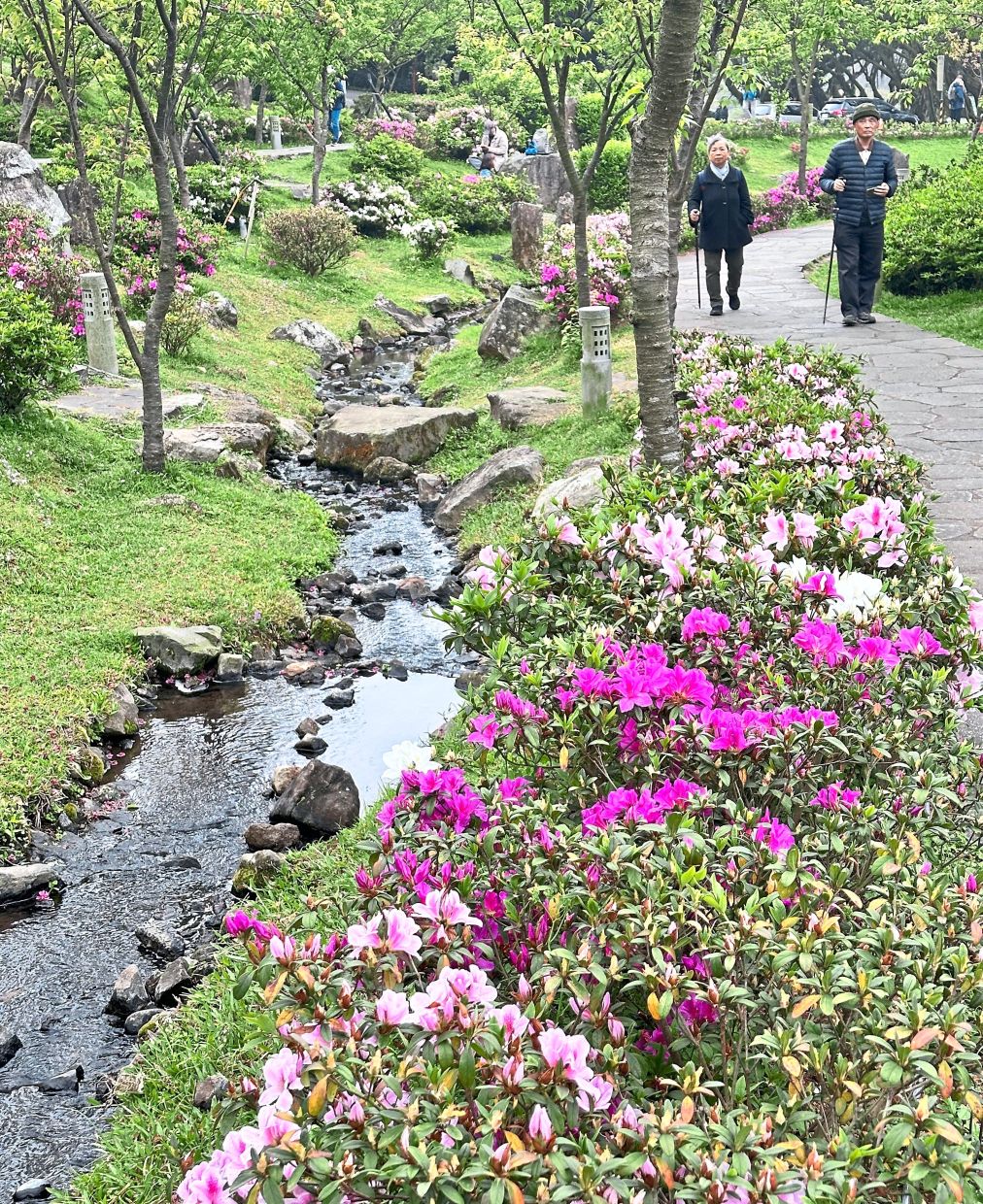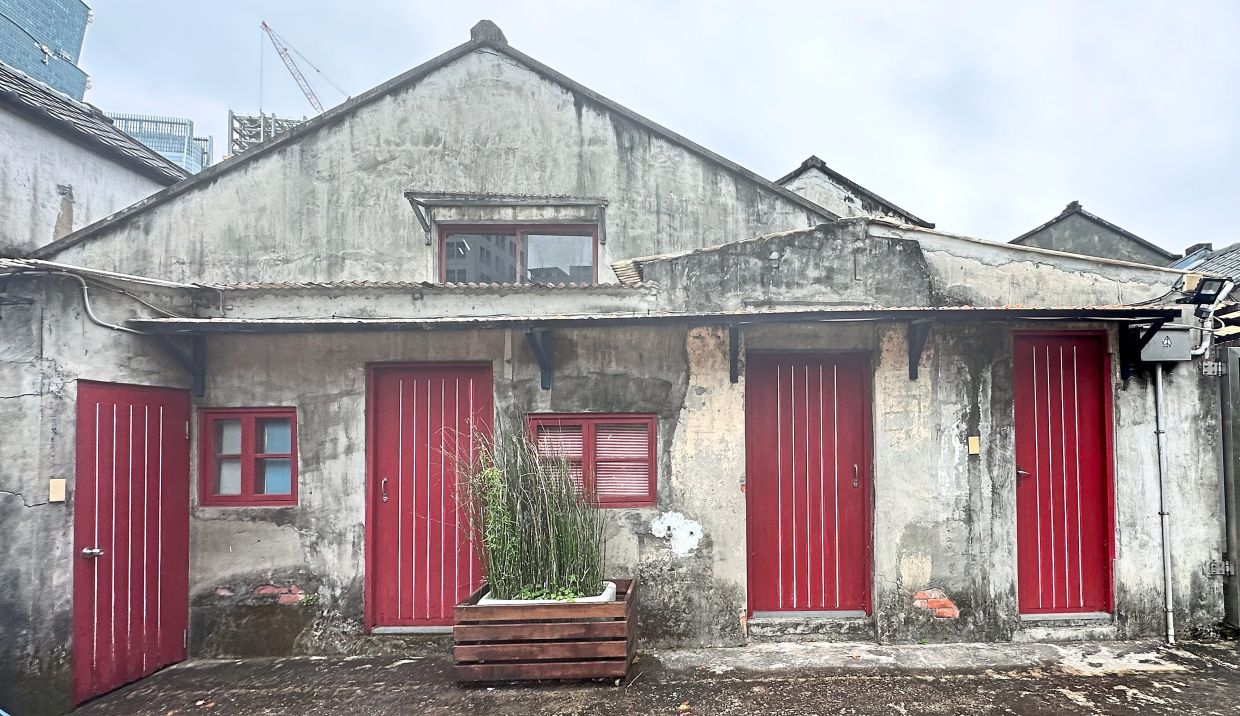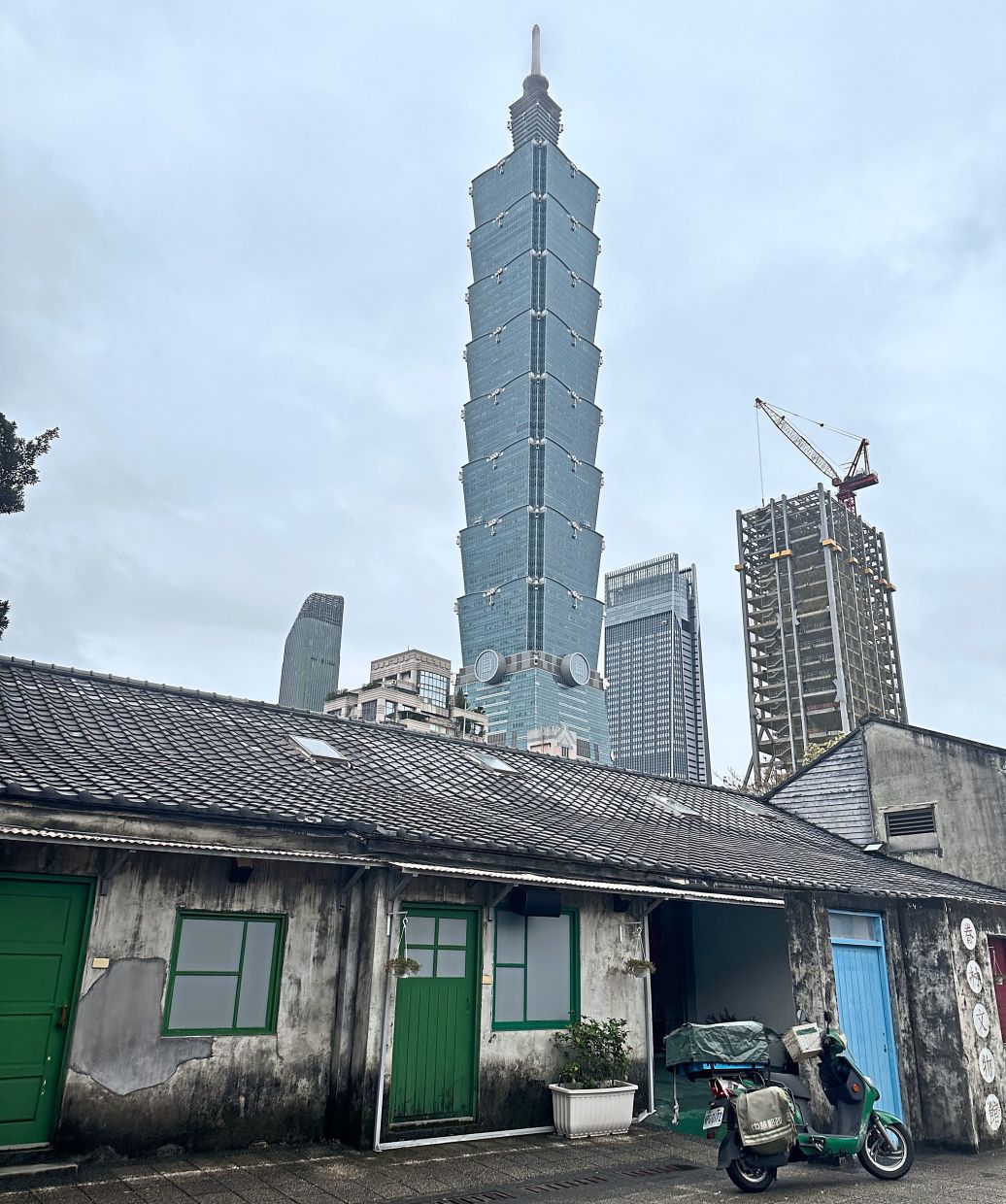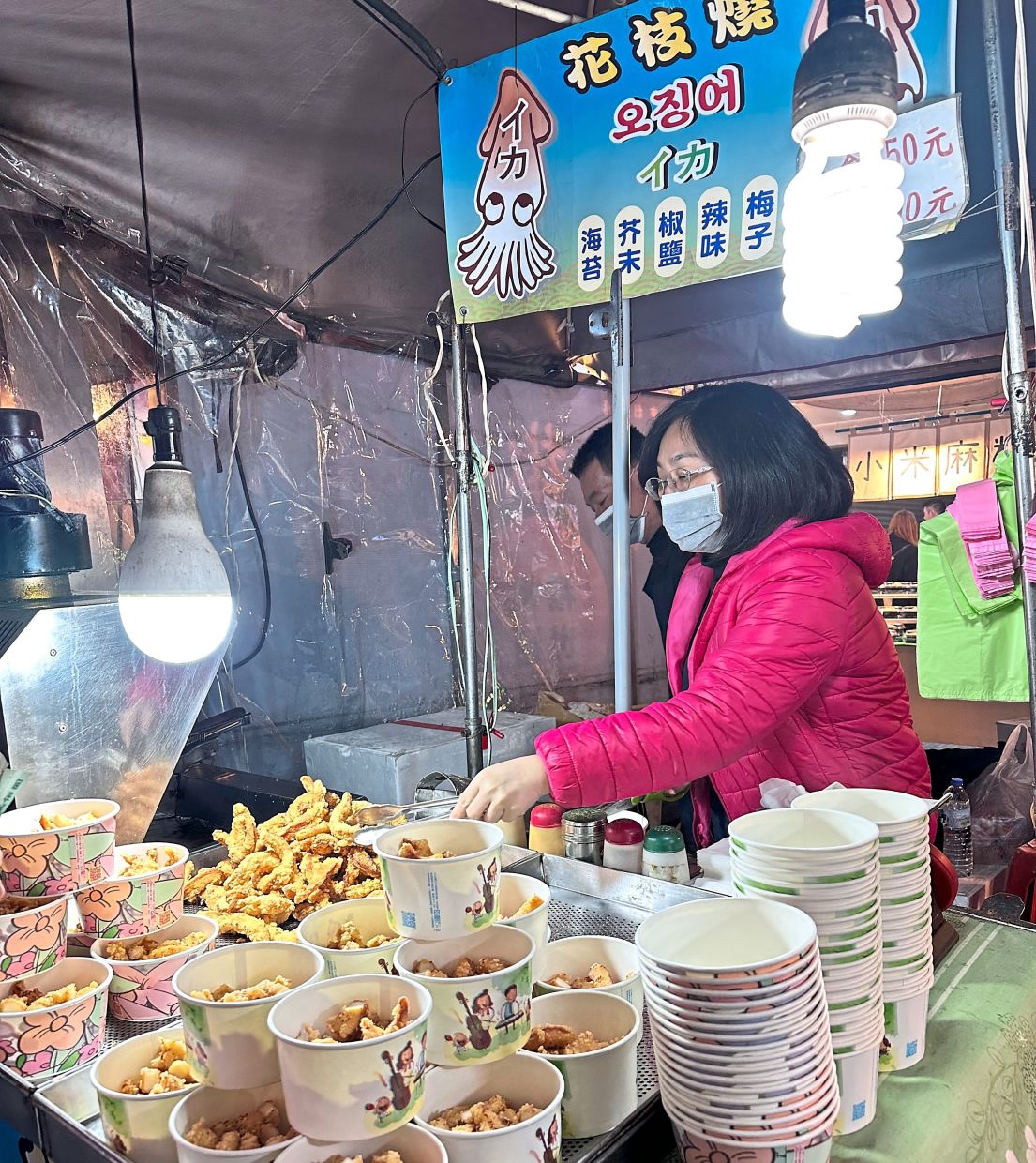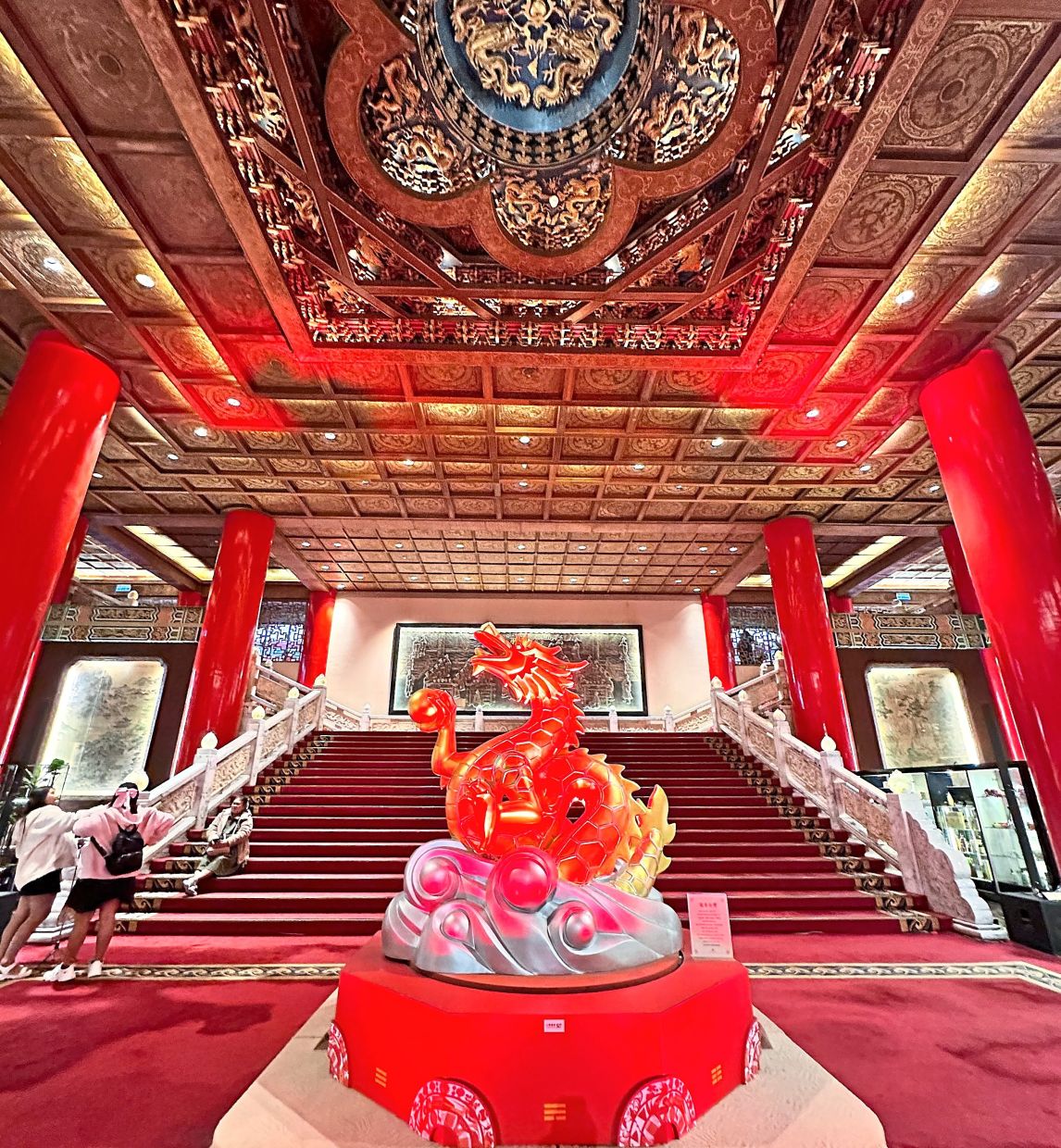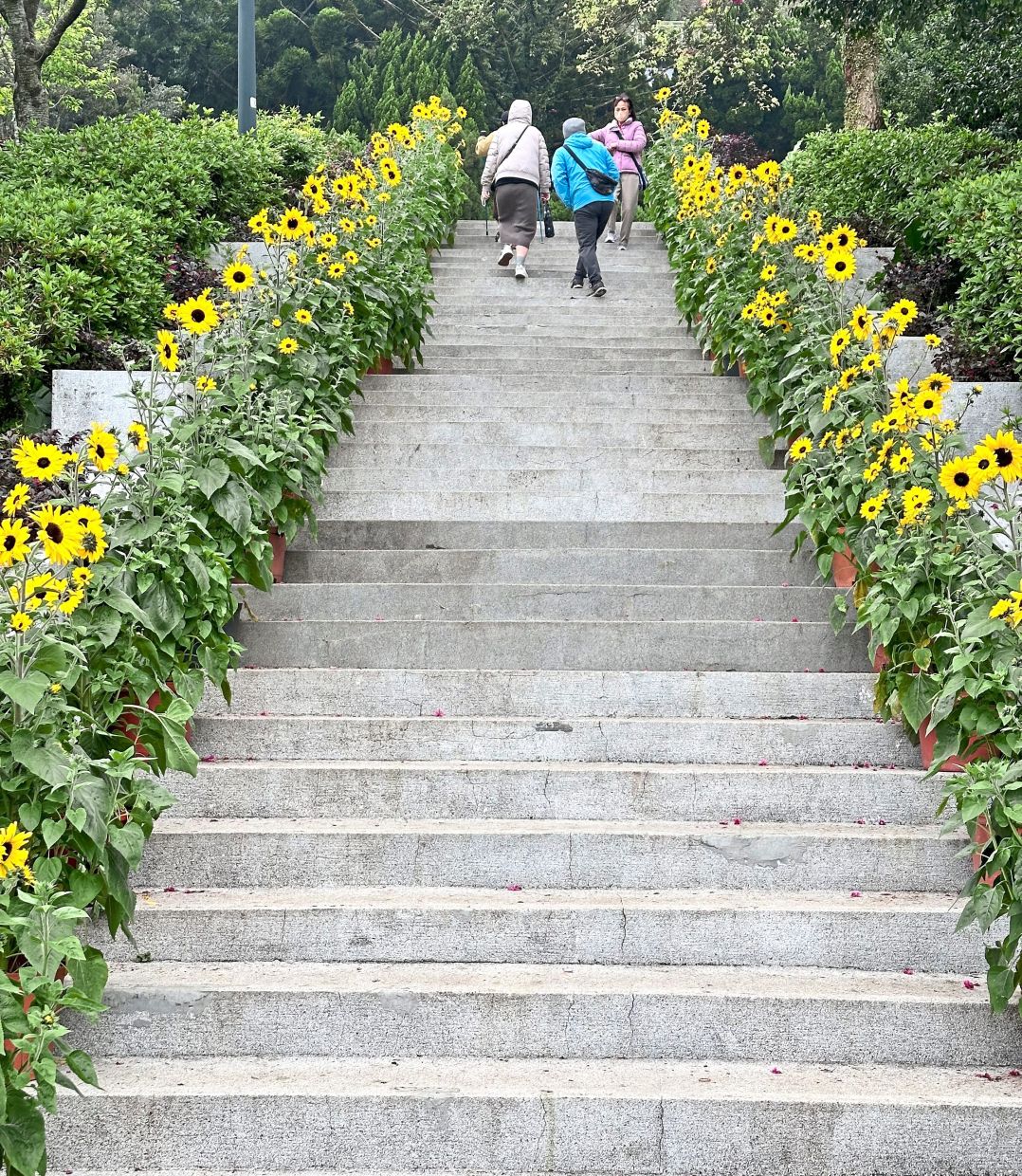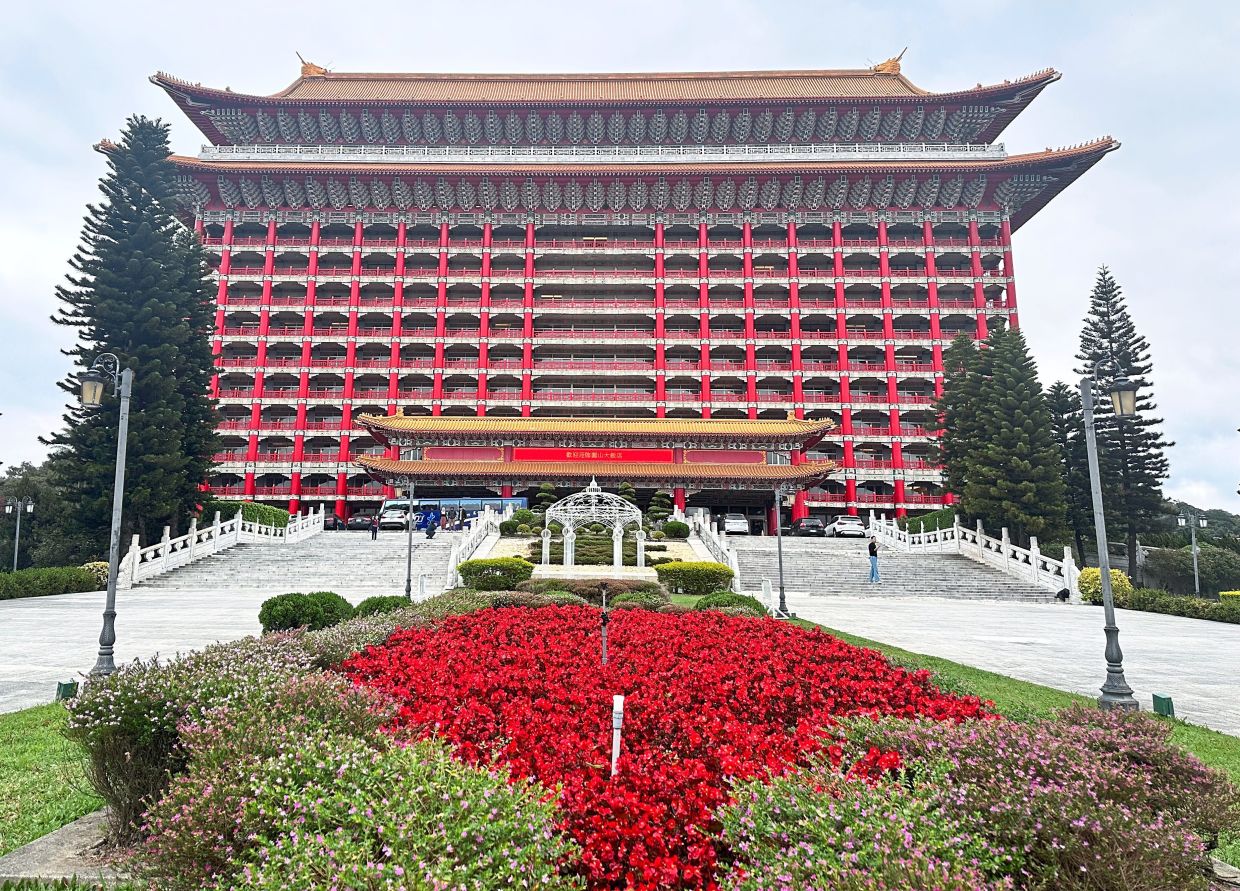The Kaohsiung Mosque is the largest Islamic centre of southern Taiwan. — Photos: SYIDA LIZTA AMIRUL IHSAN/The Star
Taiwan's Muslim population may be only 1% of its total residents, but that doesn’t stop it from promoting Muslim tourism or halal tourism, a segment targeted at Muslim travellers with an itinerary aligned with the way they live.
Last year, the Global Muslim Travel Index (GMTI), carried out by halal tourism organisation CrescentRating, ranked Taiwan third among non-Organisation of Islamic Cooperation (non-OIC) destinations. Since 2019, Taiwan has been among the top three in this ranking.
The move to market Taiwan as a Muslim-friendly travel destination makes perfect sense. Halal tourism is big business and with Taiwan located in the same region as Muslim-majority countries like Indonesia, Malaysia and Brunei, this section opens another market for tourism.
According to a report published by LinkedIn last year, the halal tourism market is slated to reach US$341.4bil (RM1.612tril) by 2030. Market research company Credence Research echoes the same sentiment, reporting that the segment has consistently grown over the years, from US$254.78bil (RM1.203tril) in 2022 to a projected US$324.96bil (RM1.534tril) in 2030.
Halal tourism, however, isn’t limited to only halal food certification. It includes other aspects that are in line with Muslim travellers’ life, including the ease of finding prayer facilities and hotels that provide qiblat direction, prayer times and mat.
Last month, as part of its halal tourism promotion, the Kuala Lumpur office of the Taiwan Tourism Bureau flew a group of Muslim writers and content creators to Taiwan to experience halal tourism first hand.
The tour covered the southern cities of Kaohsiung and Tainan, and the northern cities of Taipei and New Taipei City. And to make the experience more memorable, it was arranged to collide with the launch of the eagerly-awaited annual Taiwan Lantern Festival.
Kaohsiung’s wonders
Located at the south of Taiwan, Kaohsiung’s charm lies in the seamless amalgamation of technology and history.
The city is home to Brogent Technologies, a company that calls itself a “flying theatre manufacturer”. At i-Ride Kaohsiung, visitors can have an immersive visual experience of Taiwan, “flying” over its rice fields and snow-capped mountains, and “diving” deep into the ocean to see marine creatures.
Thanks to amazing technology that delivers 5D entertainment, the smooth “flying” movement is realistic without being overwhelming or dizzying.
The ride was only nine minutes long, but it was a really enjoyable experience, and at the end of it, you feel like you’ve seen all of Taiwan from up in the air on hang-gliders.
If you like long, historical walks, then the Cijin Peninsula will give you a lot to learn and savour. We took the LRT from Yangchengpu Station to Sizihwan Station, followed by a ferry ride to the Cijin Peninsula.
The ferries are small – they can fit motorcycles but not cars – but almost every boat is beautifully painted in a variety of images, from sea creatures to cartoons. Even oil barrels get the same artistic treatment.
Cijin Peninsula has a beautiful, shallow beach and it gets packed in late afternoon. Walk along the beach to the end and you will find interesting military remnants repurposed for tourism. There’s the Star Tunnel, a narrow military tunnel whose ceiling is now decorated with lights, so at night, those who walk inside it feel like they are walking under a thousand stars.
The tunnel opens up to a lookout post where visitors can see huge waves smashing against the sea. And it is only after you have exited the tunnel that you realise that it is carved through limestone hills.
There are more paths after the tunnel and locals, especially seniors, are often seen walking there for their daily dose of exercise.
A few hundred metres from the tunnel is the Kaohsiung Lighthouse, also known as Cihou Lighthouse. This one requires adequate stamina to hike to. Situated atop Cihou Mountain, the lighthouse is a symbol of the city and it watches over Kaohsiung Port. It was built by the British in 1883 to provide ships with illumination.
Like the tunnel, the lighthouse has also been repurposed for tourism and aside from lookout spots, there are quaint cafes that serve coffee and desserts. The area overlooks the Taiwan Straits and Kaohsiung, once an important harbour city.
We later stopped by the Kaohsiung mosque – the second mosque built in Taiwan – for Friday prayers. It was the only place that made it compulsory for everyone to mask up, given the proximity among congregants.
The Kaohsiung Mosque was built when soldiers, officials, teachers and Muslims proposed raising funds for a mosque in 1949. Currently southern Taiwan’s largest Islamic centre, the structure has a clean style with a round vault and minaret.
Next to the mosque is a halal eatery that serves beef dishes, to be eaten with rice. There were all things beef – beef soup, sauteed beef and sauteed cabbage with beef. The small place is packed after Friday prayers with Muslims who prayed at the mosque coming in for lunch.
Traditional Tainan
About an hour’s drive up north is the city of Tainan, the host of this year’s Taiwan Lantern Festival, an annual event that starts on the 15th day of the Lunar New Year. It may be called a lantern festival, but the vast area has more than just lanterns. There are impressive light-based art installations in various lighting styles and walking through it feels like walking through a wonderful field of light.
Every year, there is a main lantern and this year’s is a dragon holding a pearl, a combination that symbolises prosperity, wisdom and power. Designed by Taiwanese artist Peng Li-Chen, this dragon is not just a lantern, but a showcase of Tainan’s drive towards sustainability and the production of eco-friendly materials. The dragon, which stands at 22 metres high, is made up of solar panels which absorbs sunlight during the day and used that energy to shine at night.
Tainan’s hosting of the festival is apt, given that it commemorates the celebration of the 400th year of the city, which was once Taiwan’s ancient capital.
Just like in Kaohsiung, Tainan also does a great job in repurposing unused buildings for tourism and recreation. The Tainan Ten Drum Cultural Village is a fine example. What was once a sugar factory during the Japanese colonial period has been transformed into a mini park for thrill seekers. If you are game for adventure, it has a five-storey high flying fox, a giant metal swing on its rooftop and a seven-storey high free-fall ride.
Repurposed by the Ten Drum Band, a group known for Taiwanese drum music, the other half of the space becomes a dining and leisure area and features, among others, an area decorated to look like a scene from the Harry Potter franchise, a train platform and a beautiful skywalk around an old, giant tree.
If you’re looking at something more relaxing, take a late afternoon ride with the Tainan Anping Canal Cruise, a joyful 40-minute boat ride along the Anping Canal. There are a few kinds of boats, but the one we took had a musician on it, and she played her flute throughout the journey. Her colleague plays the violin on another boat.
There are numerous skyscrapers and towers that run along both banks of the canal, including a huge statue of Mazu, the goddess of the sea in Buddhism, Confucianism and Taoism. The cruise also goes under a few notable bridges, including the Jinhua Bridge, the New Lin-An Bridge that resembles a rainbow and the Wang-Yue Bridge that’s shaped after a crescent moon.
The cruise allows visitors to see the peaceful city as mothers walk with their children and runners run along the river. It also allows you to enjoy a breathtaking sunset, with views of speedboats and fishing boats.
City of Taipei
The Taiwan High Speed Rail (HSR) runs from Taipei to Kaohsiung in 90 minutes (on the fastest route) and the introduction of this train has made Taiwan’s cities closer. We took the train from Chiayi to Taipei that took 90 minutes too, because it stopped at more stations.
Like most capital cities, Taipei is busy and bustling, a far cry from peaceful Tainan. And because of the population, Taipei has more halal food options. Lao Chang Halal Beef Noodle House, for example, is a firm lunch crowd favourite for Muslims and non-Muslims alike. Run by proprietor Musa Chang, the eatery serves delicious beef noodles with plain broth or one cooked with soy.
At the back of the restaurant is a musolla, a small prayer room that Chang made for the ease of his Muslim customers.
Saturn Landing Turkish Coffee is another halal food option, this time, for Turkish coffee and desserts. A favourite among youngsters for its Instagrammable backgrounds, it’s always full in the afternoons with customers having coffee with baklava or kunafa.
Another popular halal restaurant is the Kunming Islamic Restaurant, whose food is almost identical with the Chinese food in Malaysia. From sweet and sour fish to sauteed vegetable, the food is delicious and hearty.
Like both Kaohsiung and Tainan, Taipei has also repurposed some of its historical structures, like the Japanese military houses that were built in Japanese architecture. Called the Rongjin Gorgeous Time Park, the space now houses cafes and restaurants surrounded by Japanese gardens. Along the path, there are little stalls selling trinkets and food.
Another Taipei attraction is the vast Yangmingshan National Park. In late February, the area is a feast for the eyes as flowers, including cherry blossoms, bloom in a multitude of colours. It is quite a walk to get there, so a good stamina and a pair of comfortable walking shoes are necessary.
This is the only park in Taiwan that has volcanic geography and hot springs. and its focal point is a large clock made of flowers.
A visit to Taipei for its history is incomplete without a stop at the Grand Hotel, where former President Chiang Kai-shek hosted foreign dignitaries including American presidents Richard Nixon and Ronald Reagan.
A regal Chinese classical building, it has a grand staircase. Motifs of dragon are intertwined everywhere, earning the premises the name “The Dragon Palace”. But for history buffs, the most interesting feature has got to be the secret passages for Chiang. The Western passage has a slide and a spiral staircase. The exit is hidden by concrete walls so the spot could not be detected by the public.
Colourful and with a mix of tradition and modernity, these Taiwan cities are great holiday destinations and the availability of Muslim-friendly options and facilities make them even more appealing.
> For more pictures, check out the media gallery.








